# Lecture 7 - Game Design Document ### SET09121 - Games Engineering <br /><br /> Kevin Chalmers and Sam Serrels School of Computing. Edinburgh Napier University --- # Recommended Reading Game Design Workshop. 3rd Edition. Fullerton (2014). - Read Chapter 14 on Design Documentation. 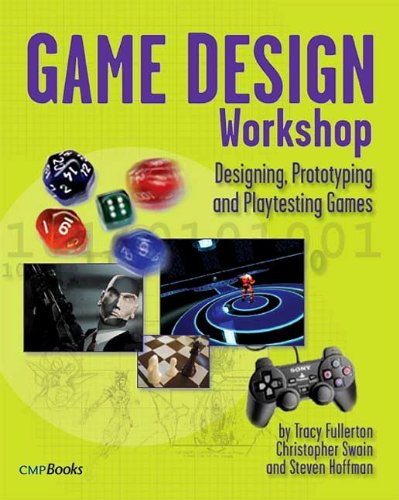 --- # What is a Game Design Document? --- # What is the Game Design Document? - Game Design Document (GDD) is the template for the game that is to be created. - The GDD is the main reference when determining how things should be done when developing the game. - However, it is not a sacred document. - It is a living, constantly changing document. - Updates are made as the development progresses. - It can get quite large. - Over 1,000 pages in some circumstances. - Team size and document size leads to using online collaboration approaches. - Wiki usage common. --- # General Content - There is no standard format. It can be very company specific. - Some guidelines are out there (for example Fullerton). - Sections we will produce: - Overview and vision statement. - Broad overview of the game. Game designer's vision. - Audience, platform, and marketing. - Who is the game aimed at? What is the core demographic? - Marketing is generally responsibility of the marketing department. - Gameplay. - Large important section detailing how the game plays. Game designer puts together their vision for this section. --- # General Content - Sections we will produce (continued): - Characters. - What characters exist in the game? Consider both playable and non-playable characters. - Story. - What is the back story and the story told during the game? - World. - Description of the world where the game exists. --- # General Content - Sections we will produce (continued): - Media list. - Assets to be created for the game. - Technical specification. - May be a separate document. - Defines the technical aspects of the project. Exercise -- Researching Design Documents Use Google to search for game design documents. There are quite a few out there and some templates. You are unlikely to find modern AAA games due to the collaborative approach and NDA requirements. If you do find a AAA one let us know. --- # Contents --- # Contents -- Design History - Design History. - GDD is a living document. - Updates to the document should be described at the beginning of the document. - Version history should be maintained. 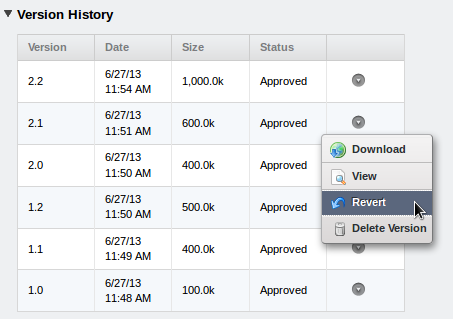 --- # Contents -- Audience, Platform, and Marketing - Market research must be undertaken to determine the likely return to the publisher. - Unit sales are the most important factor for a publisher. - The quality of the game comes second. - Catering for a small/niche market is unlikely to win over a publisher. - You need to define the target audience. - Who will buy the game? - What is the core demographic? - How large is the audience and how likely are they to buy? - You also need to choose the target platform(s). - What are the target platforms? - Why have these been chosen? - Ensure this matches with the target audience. - You also need to define the hardware requirements. --- # Contents -- Legal Analysis - Important that you ensure everything is covered from a legal point of view. - Are there any legal or financial implications that come with the game production. - Licence agreements. - Copyright considerations. - Engine/library terms and conditions. - Typically, Intellectual Property Rights (IPR) will be with the publisher, not the studio. - Game engines typically require statements of use, are expensive, and may require a per unit sale cost. - Legal & IP agreements with your Team/Contractors also needs to be considered. --- # Copyright Issues - IP owners are very protective. - Game companies included. - When creating your game consider: - Where you sourced your content from. - If the content is very similar to existing content. - If the game is very similar to others on the market. - If you have given due credit to any external tools, libraries, etc. - Paying homage to something is all well and good but can get you into trouble. 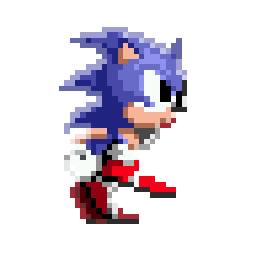 --- # Gameplay --- # Contents -- Gameplay - The description of gameplay is initially one of the largest sections in the game. - The game designer puts most of their focus into this section at the start. - This section will focus on how the game plays. - The Formal Elements and systems view will be useful here. - Overview section: - Description of the core functionality. - Good practice is to base this on a physical or digital prototype. - Gameplay description section: - A detailed description of how the game plays. - Controls section: - User interfaces. - Rules (including some from Formal Elements). - Scoring / winning conditions. --- # Contents -- Gameplay 2 - Modes and other features. - Single-player, multi-player, etc. - Other features that may affect gameplay. - Levels. - Designs for any levels for the game. - The more detailed the level descriptions the better. - Flowchart. - Flowchart is needed to map out the gameplay. - Editor. - Does the game require the development of an editor? - What are its features? --- # Contents -- Gameplay - Flowcharts are great  --- # Characters --- # Contents -- Character Design - Optional part of the design document. - Crucial part in AAA game design. - Character work can be a long, iterative process. - Very important to increase engagement with the player. - Kids love dark-haired 30-something males. - Will include concept design and description. 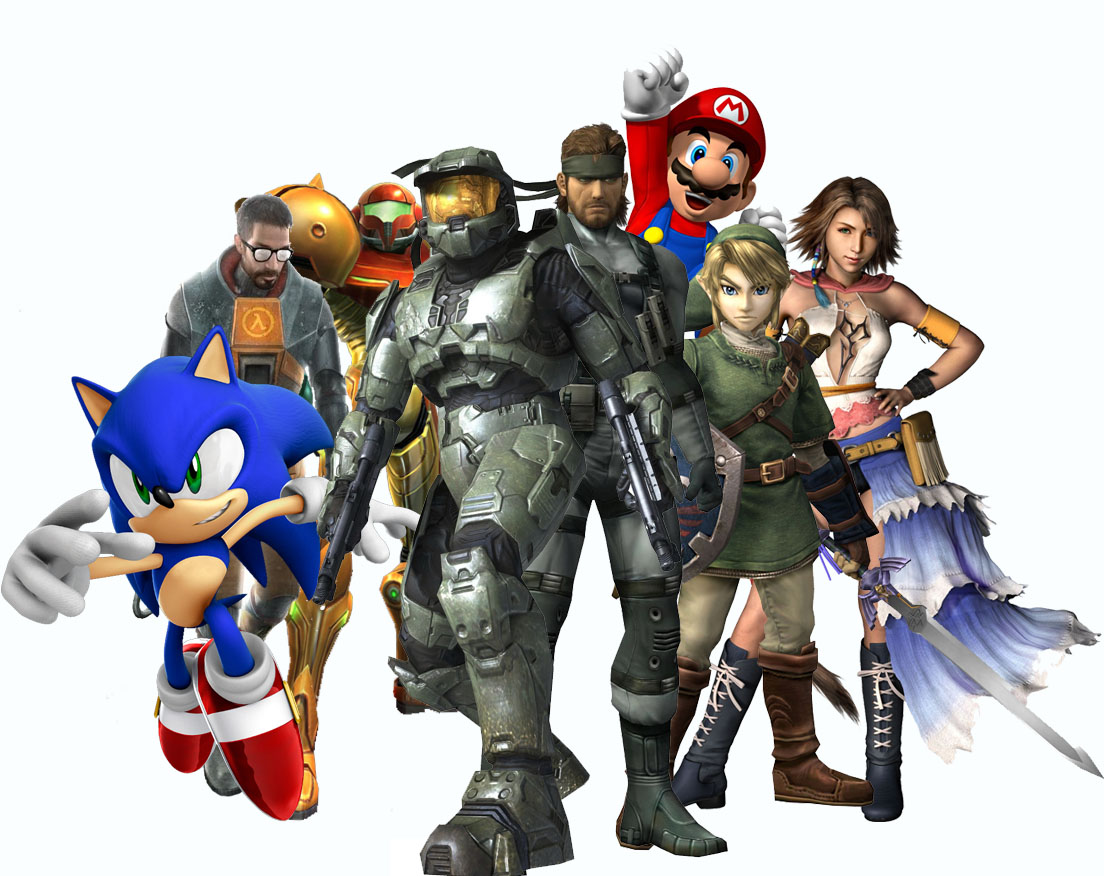 <!-- .element width="40%" --> --- # Contents -- Character Types - Generally two types of character in a game. - Playable characters. - Can have a lot of work spent on them. - Generally very detailed -- particularly in games where you see the character all the time. - Non-playable characters. - Treat these as objects in your game with properties and functionality. - Includes: - Monsters and enemies. - Friends and allies. - Neutral characters. - Think about which traits you want these characters to have. - Think about the behaviours these characters need. - AI is a core concern in this section. --- # Story --- # Contents -- Story - Another optional section of the GDD. - Can become very large for story driven games. - e.g. RPGs. - There has to be a link between the gameplay and story. - Your story should unfold through the game. - Game script writers do exist. - Books are also written on game storylines. - Topics to think about: - Synopsis. - Complete story. - Back story. - Narrative details. - Sub-plots. --- # World --- # Contents -- Game World If required, a description of the game world should be detailed. - Overview. - Key locations. - Travel. - Map. - Scale. - Physical objects. - Weather conditions. - Day and night cycle. - Time/era. - Physics. - Society/culture. --- # Game World - Maps are great! 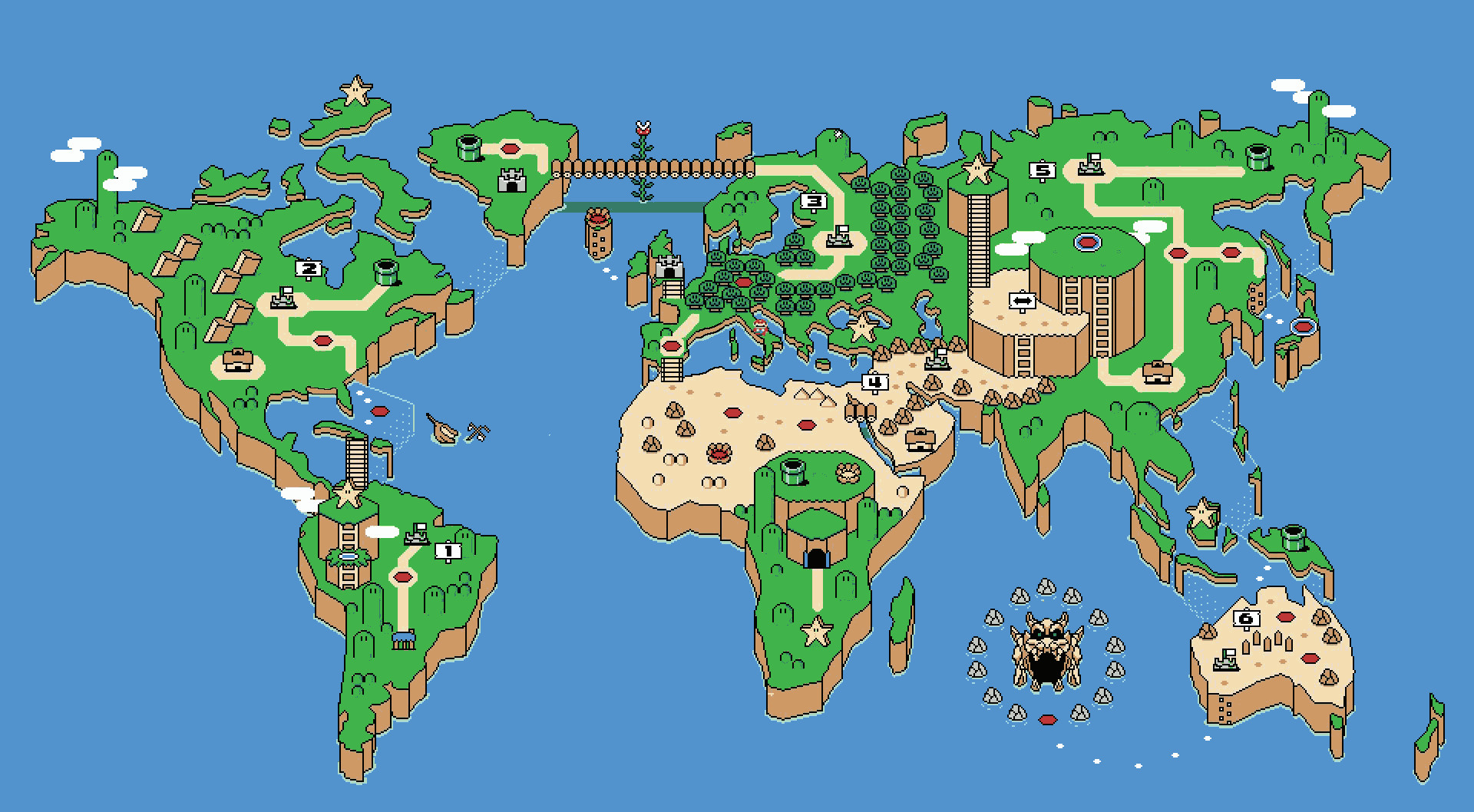 --- # Media List Contents -- Media List - You will need a list of the assets that are required by the art and sound team. - Descriptions of these assets will need to be provided. - You should adopt some form of naming convention to make life easier. - Types of assets you may need to produce include: - User interface assets. - Environmental assets. - Character-based assets. - Animations. - Music. - Sound effects. --- # Technical Specification --- # Contents -- Technical Specification - The most important section for the technical team. - Can sometimes be a separate document. - Developed by the technical lead. - The technical lead or director heads the technical team. - Can be quite large and detailed. - The more detailed the better. - Key area is a technical analysis of the game. - What are the technical challenges of the project? - Important for costing the project. - Is any new technology required? - What are the major software development taks? - What are the risks involved in developing the game? - And how do you mitigate these risks? - What are the estimated resources required to deliver the game? --- # Contents -- Technical Specification2 - Some technical requirements to consider: - Development platform and tools. - e.g. Visual Studio, Unity. - Delivery mechanism / distribution. - Steam / Humble / Itch / Epic / GoG - Game engine - Technical specifications. - Design. - Interface technical specification. - Controls technical specification. - Lighting models. - Rendering system. - Internet / network requirements. - System parameters. - e.g. max players, connectivity, etc --- # Contents -- Flow Chart's are still great!  --- # Maintenance --- # Contents -- Maintenance - Game Design Document (GDD) is not a sacred object. - Living document. - Updates made as development progresses. - GDD can also get quite large. - Thousands of pages in some circumstances. - Game development can have large teams. - Over a thousand people in some circumstances. 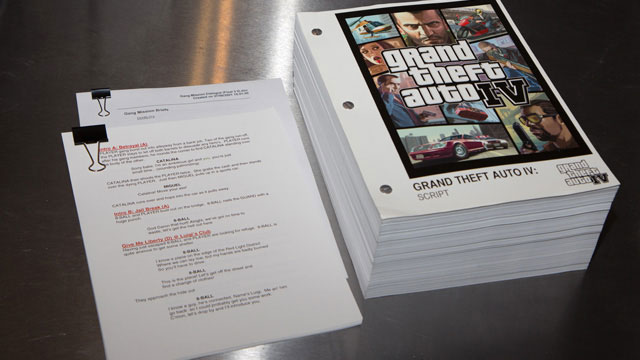 --- # Using Wikis and Repositories - Some are using a wiki to coordinate and communicate between team members. - Allows multiple users to update. - Allows all users to access the most up to date documentation. - Software development using these often as well -- see wikis on GitHub. - Repository systems can also be used. - Combine document maintenance with code maintenance. - Could also be storing assets. - Using tools allows for a structured and managed approach to the development process. - Collaboration. - Communication. - Use tools as necessary throughout your development process. --- # Summary --- # Summary - Game Design Document is a very important piece of work to put together at the start of your development process. - Blueprint for your game. - Communication with the team. - It is a living document, so keep it up to date. - Content and media lists especially. - Use collaboration tools as much as possible. - Team communication. - Document control.